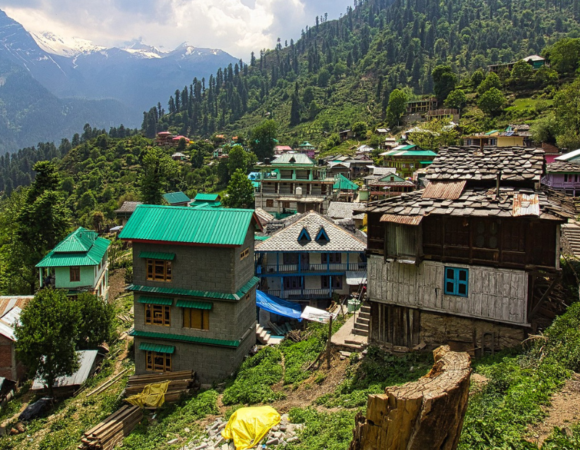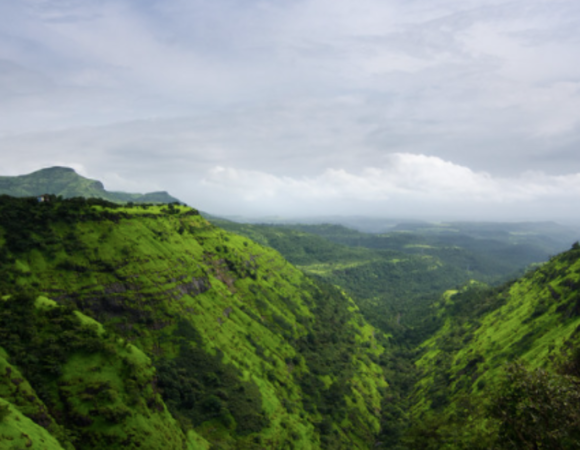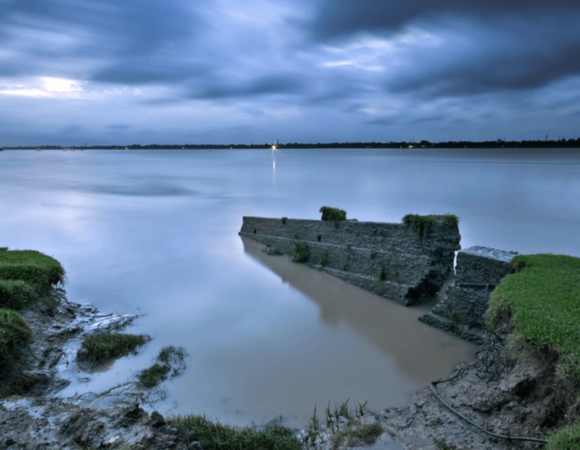How To Prepare For An Epic Trek Adventure: Step-By-Step Guide
Planning to explore mountains this time?
Table of Contents
ToggleIn this article we prepared some very useful tips for you to understand “How to Prepare For an Epic Trek Adventure”. Read this article carefully and understand each points to experience the epic trek adventure.
“Trek Adventure” can refer to various activities and experiences related to trekking or hiking in natural settings. Typically, a trek adventure involves walking through trails and wilderness areas for an extended period of time, often over several days or weeks. The goal of a trek adventure can vary from simply enjoying the natural beauty of the surroundings to reaching a specific destination or summit.

A trek adventure can take place in a variety of locations around the world, from well-known destinations like the Himalayas, the Andes, or the Appalachian Trail, to lesser-known routes in national parks or remote wilderness areas. Trek adventures can be organized by specialized companies or travel agencies, or individuals can plan and execute their own routes and itineraries.
Trek adventures can provide an opportunity to connect with nature, challenge oneself physically and mentally, and gain a sense of accomplishment and fulfillment. However, trekking can also be demanding and potentially dangerous, requiring proper preparation, equipment, and knowledge of the environment and potential hazards.
Going on an epic trek adventure can be a once-in-a-lifetime experience that can leave you with unforgettable memories. However, preparing for such an adventure requires proper planning and execution. Here are some tips on how to prepare for an epic trek adventure:
1. Plan Ahead

The first step to preparing for an epic trek adventure is to plan ahead. This means doing research on the location, the terrain, the weather conditions, and any permits or visas that may be required. Consider the length of the trek, the difficulty level, and the equipment you will need. You can also consult with experienced trekkers or tour operators to get their insights on the trek and any preparations that may be necessary.
- Determine Your Destination and Research the Trail: Choose a trek destination that fits your skill level and interests, then research the trail and the surrounding area. Check for trail conditions, permit requirements, weather patterns, and potential hazards.
- Create A Checklist of Essential Gear: Make a list of all the necessary gear and equipment you will need for the trek. This may include a tent, sleeping bag, hiking boots, backpack, water filtration system, food, and first aid kit.
- Train Physically and Mentally: Trekking can be physically and mentally challenging, so it’s important to prepare your body and mind. Start training well in advance of your trek by building up your endurance, strength, and stamina. Practice hiking with a backpack and walking on uneven terrain.
- Get Proper Permits and Vaccinations: Some trekking destinations require permits, while others may have recommended vaccinations or health precautions. Make sure you research and obtain any necessary documentation well before your trek.
- Plan for Emergencies: In case of emergencies, it’s important to have a plan in place. Make sure someone knows your itinerary and expected return date, bring a satellite phone or emergency communication device, and have a basic understanding of first aid.
- Pack Light and Smart: Remember to pack only what you need and leave behind unnecessary items. Consider the weight and size of each item and try to distribute the load evenly in your backpack.
- Respect Nature and Local Culture: Respecting nature and local culture involves recognizing the importance and value of the natural environment and cultural heritage in a particular region. It involves a deep understanding of the relationship between humans and the environment, and the role that cultural traditions play in shaping this relationship.
2. Get Physically Fit

Trekking requires a certain level of fitness, so it is essential to get in shape before the trip. Start by incorporating regular exercise into your daily routine, such as jogging or hiking. Additionally, it is advisable to undertake practice treks to get accustomed to the terrain and altitude. This will also give you an opportunity to test your equipment and ensure that everything is in good condition.
If you are planning a trek adventure, getting physically fit is essential for ensuring that you are able to enjoy the experience to the fullest. Here are some points to consider when preparing for a trek:
- Cardiovascular Endurance: Trekking involves long periods of walking, sometimes at high altitudes. Building your cardiovascular endurance through activities such as running, cycling, or swimming can help prepare you for the physical demands of trekking.
- Strength Training: Trekking often requires carrying a backpack with all of your gear and supplies. Building strength in your core, legs, and back through exercises such as squats, lunges, and planks can help prepare you for the physical demands of carrying a heavy load.
- Flexibility: Trekking involves navigating uneven terrain, which can put a strain on your joints and muscles. Incorporating stretching exercises such as yoga or Pilates can help improve your flexibility and reduce the risk of injury.
- Altitude Acclimatization: If you are trekking at high altitudes, your body may need time to adjust to the lower oxygen levels. Preparing for this by gradually increasing your altitude exposure and allowing time for acclimatization can help reduce the risk of altitude sickness.
- Proper Nutrition and Hydration: Trekking requires a lot of energy, so it is important to fuel your body with the right nutrients and stay hydrated. Eating a balanced diet and drinking plenty of water can help ensure that your body is properly fueled and prepared for the physical demands of trekking.
By taking the time to prepare your body for a trek adventure, you can help ensure that you are physically fit and ready to take on the challenge.
3. Invest in Proper Gear
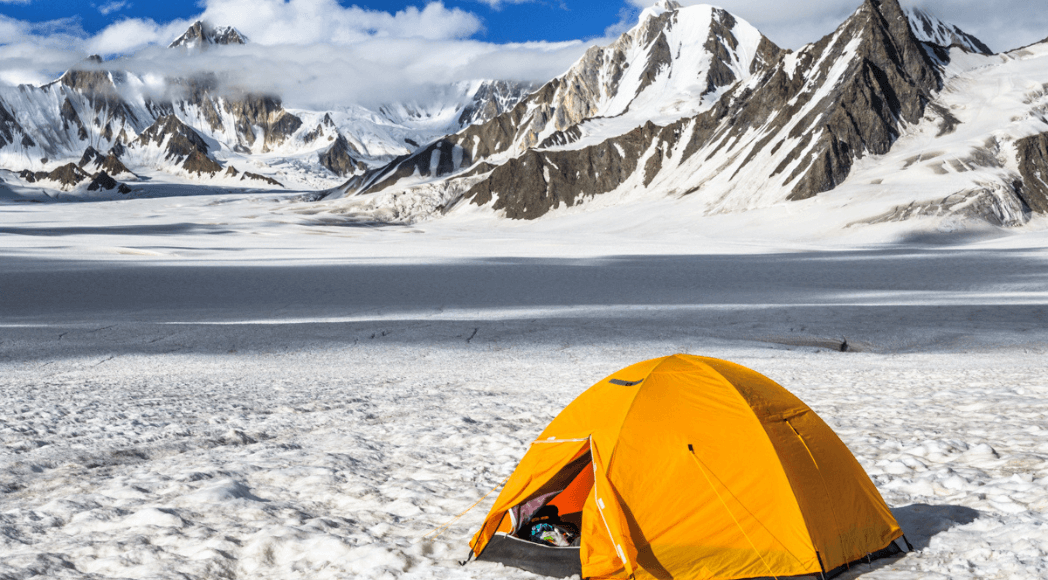
Investing in proper gear is crucial to a successful trek. This includes clothing, footwear, backpacks, tents, sleeping bags, and other essential items. When purchasing gear, consider the terrain and weather conditions of the trek. For example, if you are trekking in snowy conditions, you will need a warm and waterproof jacket and boots. It is also advisable to purchase gear from reputable brands that specialize in outdoor equipment.
Investing in proper gear is essential for a successful and enjoyable trek adventure. Here are some points to consider when preparing for a trek:
- Footwear: Good quality hiking boots with ankle support are essential for trekking. Look for boots that are waterproof and have a good tread for traction on uneven terrain.
- Clothing: Dressing in layers is key for trekking in varying temperatures and weather conditions. Look for moisture-wicking and quick-drying fabrics that will keep you comfortable and dry. Don’t forget to pack a rain jacket or poncho, even if the forecast looks clear.
- Backpack: A comfortable and properly fitting backpack is important for carrying all of your gear and supplies. Look for a backpack with adjustable straps and a padded hip belt for extra support and comfort.
- Navigation Equipment: Depending on the trek, you may need a map and compass or GPS device to navigate the terrain. Make sure you are familiar with how to use these tools before embarking on your trek.
- First Aid Kit: Accidents and injuries can happen on a trek, so it’s important to pack a first aid kit with essentials such as bandages, gauze, and antiseptic.
- Camping Gear: If you plan to camp during your trek, make sure you have a sturdy tent, sleeping bag, and sleeping pad. Look for gear that is lightweight and easy to pack.
By investing in proper gear, you can help ensure that you are prepared and equipped for the physical demands and potential challenges of a trek adventure.
4. Pack Efficiently
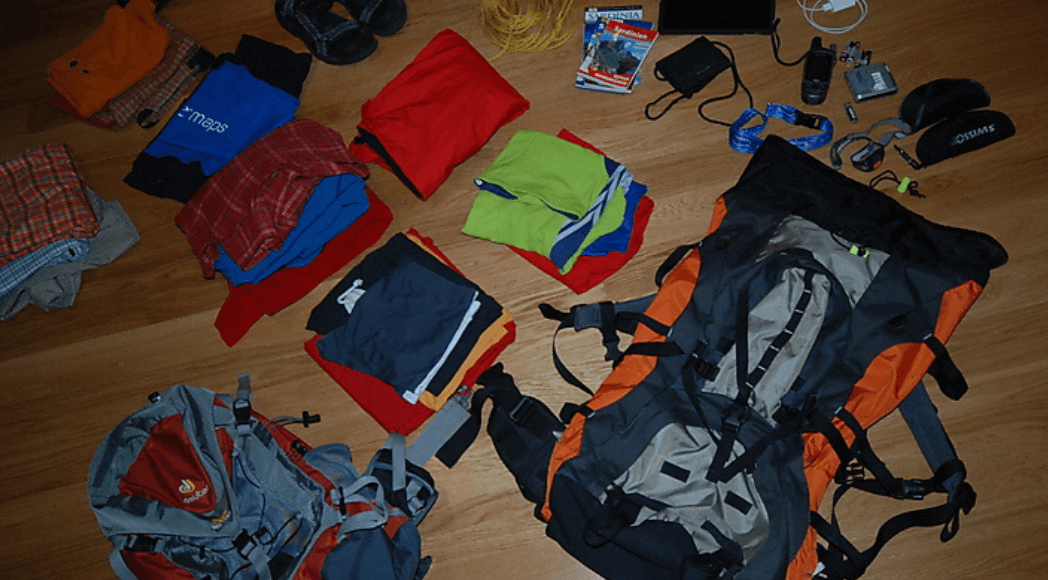
When packing for a trek, it is essential to pack efficiently. This means carrying only what you need and not overloading your backpack. Start by creating a checklist of essential items and prioritize them accordingly. Additionally, consider packing lightweight and compact items that are easy to carry. Remember to pack enough food and water to last you through the trek.
Read more: How To Stay Fit For High Altitude Trek
Sure, here are some points on how to pack efficiently for a trekking adventure:
- Make a List: Before you start packing, make a list of everything you need to bring with you. This will help you stay organized and ensure that you don’t forget anything important.
- Choose the Right Backpack: Choose a backpack that is the right size for your trip and fits comfortably on your back. Look for backpacks that have multiple compartments, so you can easily organize your gear.
- Pack Light: Remember that you’ll be carrying everything on your back, so it’s important to pack light. Choose lightweight, quick-drying clothing and gear, and try to minimize the number of items you bring with you.
- Layer Your Clothing: Bring clothing that you can layer, so you can easily adjust your temperature throughout the day. Start with a moisture-wicking base layer, add an insulating layer, and top it off with a waterproof and breathable outer layer.
- Bring the Right Footwear: Choose sturdy, comfortable hiking boots or shoes with good traction. Make sure they fit well and are broken in before you start your trek.
- Pack for the Weather: Check the weather forecast before you start packing and bring appropriate clothing and gear for the conditions. Remember that mountain weather can be unpredictable, so it’s always better to be over-prepared.
- Bring Essentials: Don’t forget to bring essential items like a map, compass, first-aid kit, and plenty of water and snacks. It’s also a good idea to bring a headlamp or flashlight, as well as extra batteries.
- Pack Smart: Pack the items you’ll need throughout the day in easy-to-reach places, like pockets or the top of your backpack. Keep heavier items closer to your back and lighter items towards the top.
- Leave No Trace: Remember to pack out everything you pack in, and leave no trace of your visit. Follow the principles of Leave No Trace to help preserve the environment for future generations.
- Test Your Gear: Before you start your trek, make sure to test all of your gear to ensure that everything is in working order. This will help you avoid any unpleasant surprises on the trail.
5. Acclimatize

Acclimatization is the process of adapting to the altitude and weather conditions of the trek. It is essential to acclimatize before embarking on the trek to avoid altitude sickness and other health issues. This can be done by undertaking practice treks at higher altitudes or staying in high-altitude areas for a few days before the trek. Additionally, stay hydrated and avoid alcohol and smoking, which can worsen altitude sickness symptoms.
- Acclimatization is the process of adjusting to a new environment or altitude. It is crucial for trekkers to acclimatize themselves to the high altitude before attempting a trek as it helps to prevent altitude sickness.
- It is important to gradually increase altitude during a trek to allow the body to adjust to the thinner air and reduced oxygen levels. This process of acclimatization can take several days, depending on the altitude and the individual’s physical condition.
- To acclimatize, trekkers should stay well hydrated, get enough rest, eat nutritious food, and avoid alcohol and smoking. It is also recommended to take slow and steady steps and avoid overexertion.
- Trekkers can also take medication to help with acclimatization, such as acetazolamide, which helps to reduce the symptoms of altitude sickness. However, medication should only be taken under the guidance of a qualified medical professional.
- Acclimatization is not only important for the physical well-being of trekkers but also for their safety. Failing to acclimatize properly can lead to serious health issues such as altitude sickness, which can be life-threatening.
In summary, acclimatization is a crucial process for anyone planning a trek adventure. It allows the body to adjust to the high altitude and reduces the risk of altitude sickness, ensuring a safe and enjoyable trekking experience.
In conclusion, preparing for an epic trek adventure requires proper planning, physical fitness, investment in proper gear, efficient packing, and acclimatization. By following these tips, you can ensure a successful and enjoyable trek that will leave you with unforgettable memories. So, get ready to embark on your epic trek adventure and create memories that will last a lifetime.
Frequently Asked Questions for How to Prepare For an Epic Trek Adventure
How early should I start planning for an epic trek adventure?
It is recommended to start planning at least 6-8 months in advance to allow enough time for research, booking, and preparations.
How physically fit do I need to be for an epic trek adventure?
Trekking requires a certain level of fitness, so it is essential to start exercising regularly and building up your endurance at least a few months before the trip.
What kind of gear do I need for an epic trek adventure?
You will need clothing suitable for the terrain and weather conditions, sturdy hiking boots, a backpack, a sleeping bag, a tent, and other essential items such as a water bottle, a headlamp, and a first-aid kit.
How do I choose the right trek for me?
Consider your level of fitness, experience, and the terrain and weather conditions of the trek. You can also consult with experienced trekkers or tour operators for recommendations.
What kind of food should I pack for an epic trek adventure?
Pack lightweight, high-energy snacks such as trail mix, energy bars, and dried fruits. You can also carry instant noodles, rice, and soup mixes that are easy to prepare on the go.
How do I prevent altitude sickness?
Acclimatization is key to preventing altitude sickness. This means gradually adapting to higher altitudes by staying hydrated, avoiding alcohol and smoking, and taking it slow during the trek.
Can I trek alone or do I need a guide?
It is possible to trek alone, but it is recommended to have a guide or join a group trek for safety and support.
How much should I budget for an epic trek adventure?
The cost of a trek adventure varies depending on the location, length, and level of luxury. It is essential to factor in transportation, accommodation, food, permits, and equipment costs.
How do I pack efficiently for an epic trek adventure?
Create a checklist of essential items, prioritize them, and pack only what you need. Consider packing lightweight and compact items that are easy to carry.
What should I do in case of an emergency during the trek?
It is essential to have a plan in place in case of emergencies, such as carrying a first-aid kit, a satellite phone, and notifying someone of your itinerary. Follow the instructions of your guide or seek help from other trekkers or locals if needed.


